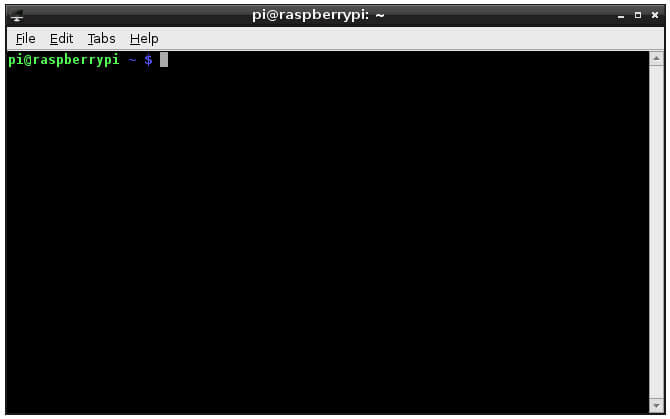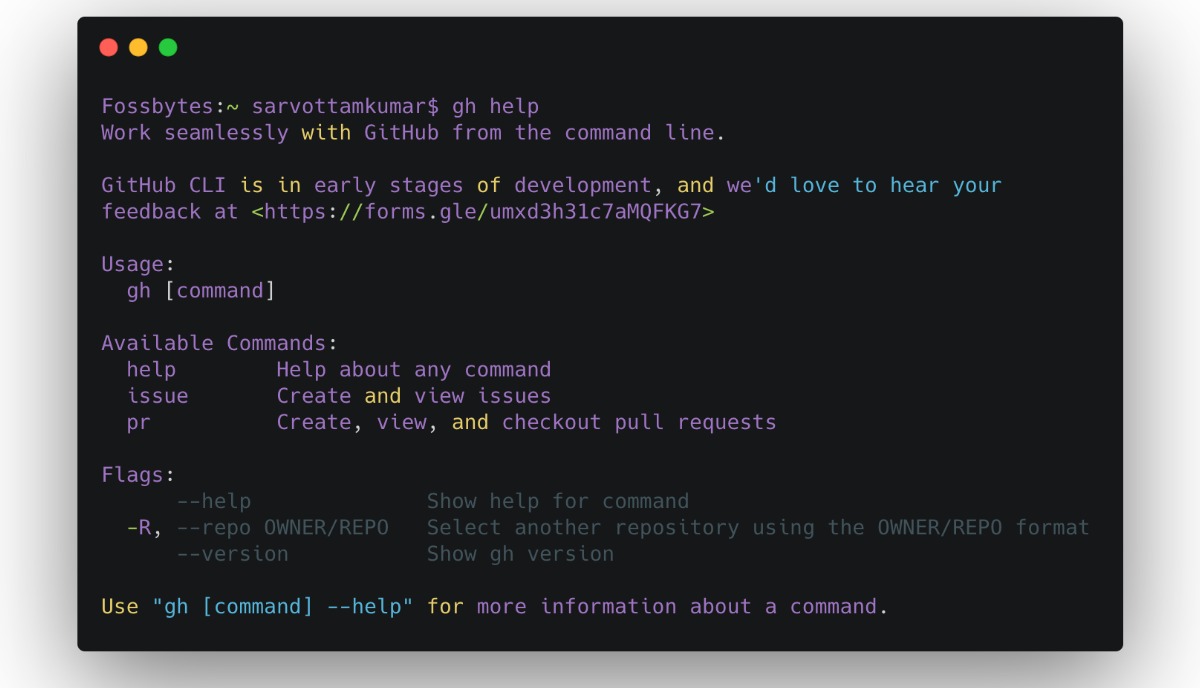

To install it simply go to the Microsoft Store, search for Windows Terminal and install it. It supports multiple profiles and color configuration, so you are able to setup one color for each shell, for example. The Windows Terminal solves all that and centralizes all different shells available in Windows: PowerShell, cmd, PowerhShell Core, WSL (more on the last two in a bit). Windows TerminalĪ beautiful terminal with crispy fonts and good colors make your life much more enjoyable. In this blog post I will show how I setup my Windows development environment and what software / tools I use in my day-to-day. So I guess the new PowerShell instance got its environment stuff from the Windows Terminal instance, rather than from Windows itself.Windows was the OS where I first wrote my very first programming lines, and although there was some back and forth between Windows, Linux and Mac OS throughout my carreer I’ve been extremely happy developing only in Windows in the past year. So I guess the issue (for me, at least) is that although Scoop added its path stuff both on my computer and in the PowerShell instance that I used to install it, the Windows Terminal instance that I was running that PowerShell instance in did not pick up that change. (6) I opened up a new instance of Windows Terminal, and a new instance of PowerShell within that. (5) I verified that Scoop had installed its entries in my path environment variable. (4) A couple days later, I wanted to use Scoop again, and opened up a new PowerShell instance in that same Windows Terminal instance.

(3) At some point after having done what I wanted with Scoop, I closed that PowerShell instance. (2) Scoop was working fine in the PowerShell instance that I had installed it with. (1) I installed Scoop using PowerShell, which I had running in a Windows Terminal tab.


 0 kommentar(er)
0 kommentar(er)
